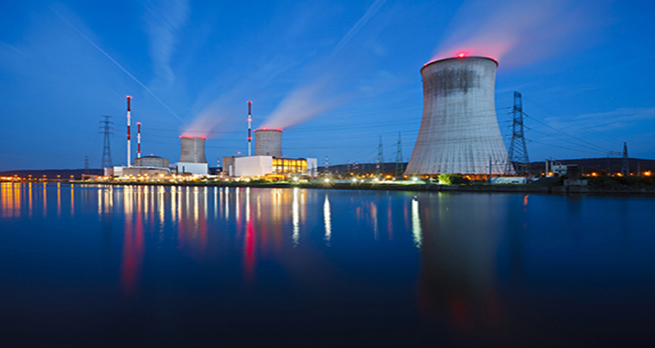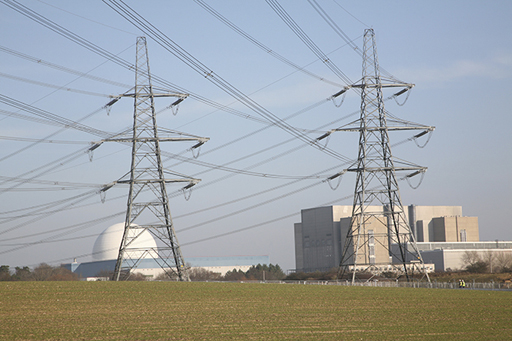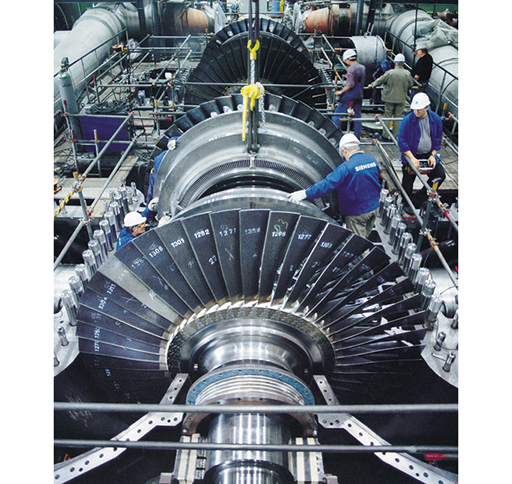2.1.3 Generating electricity
From the human power station video, it is apparent how much energy is required for one short power shower!
The shower is 8kW which means that 8000J of energy is required every second.
Chemical energy within the cyclists themselves is being converted into the kinetic (or moving) energy of the pedals. It is then converted to electrical energy via dynamos in the bicycles. In a dynamo, a magnet is rotated within some coils of wire and the changing magnetic field induces a current within the wire and electricity is produced.
Electricity production within power stations is on a much larger scale, but is based on the same essential principle as the dynamo. Rather than pedals, a turbine is spun and this in turn spins a magnet. Again, the changing magnetic field induces a current within the wire – this is the origin of the electricity you use within your home.
All the electrical appliances in your home need an input of electrical energy to work. For the most part we get this electrical energy from the National Grid and its network of pylons and generators maintaining the flow of electricity around the country.
The electricity is produced in power stations. Most power stations (but not all) employ similar processes. They use fuel to heat water to produce steam under pressure. The steam is then used to turn the blades of a turbine (in Figure 3), causing the central shaft to rotate. This in turn rotates a generator, which produces electrical power.
Next, find out about the different fuels used.


